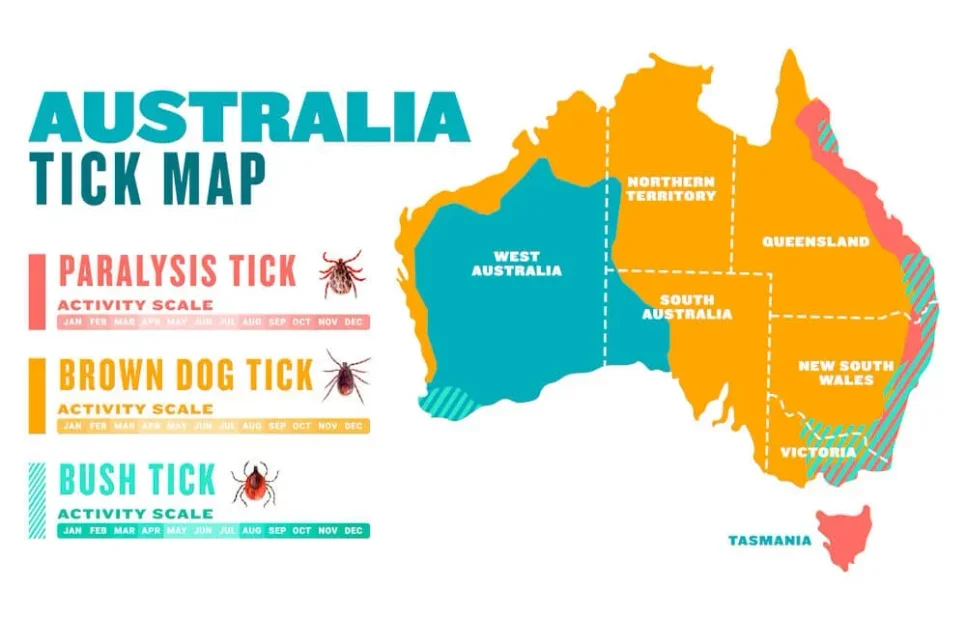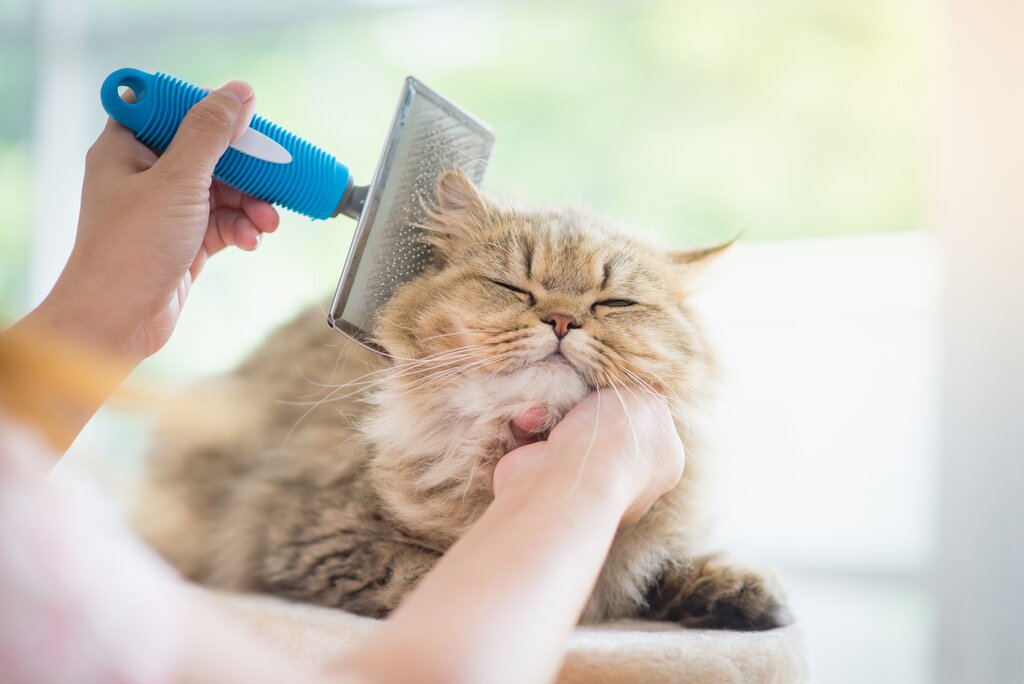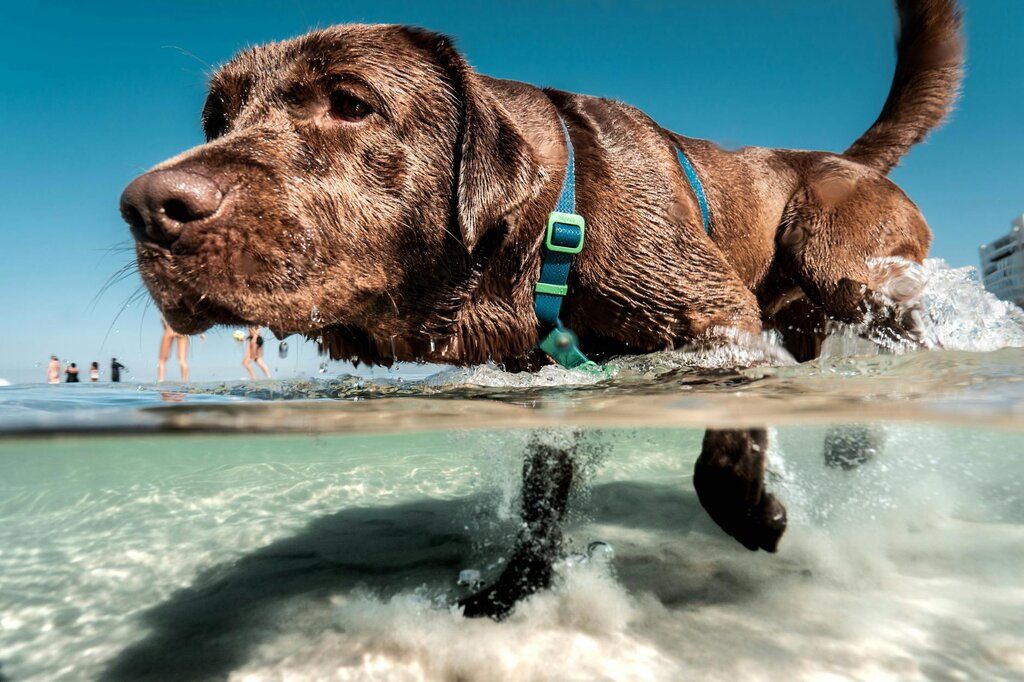Last Updated: 06/11/2025
How to get your pet Summer Ready
Get your pet Summer Ready and protect them from dangers that are unique to our Australian climate.
Author: Dr Belinda Stancombe BVSc (Hons)
Reading Time: 7 minutes - short read
Summer is just around the corner! Longer days and warmer weather offer a greater opportunity for pet parents to get out and about, and spend quality time with their fur baby. While this can be a fantastic way to bond with your dog or cat, there are many summer-time hazards that can pose a risk to your pet.
Our Vets have put together this important guide, to help get your pet Summer Ready and protect them from dangers that are unique to our Australian climate.
Summer Parasites
1. Fleas
High risk. Fleas love the warm weather and breed most actively during Spring and Summer. Fleas can be very difficult to see in your pet's fur - in fact, most people will never see them. You may instead spot 'flea dirt' (which is actually flea faeces!) within the fur over your dog's rump or under your cat's chin. Make sure to keep your pet protected all Summer long with a reputable flea preventative like Nexgard, Bravecto, or Revolution.
Learn more about fleas and their life cycle.
2. Ticks
High risk. Paralysis Ticks are one of the most important Australian parasites due to their abundance along the heavily populated Eastern coastline, and the deadly paralysis condition they cause. Ticks are at their worst during Spring and Summer due to their breeding season. To check whether ticks are presenting a risk early this year in your area, ask your local vet clinic.
During Summer, depending on your area, tick prevention should be included in your regular parasite regime. This is especially vital for pet owners living within 100km of the Eastern coast line of Australia (from Melbourne to the tip of North Queensland).
However, in many parts of Australia (particularly West Australia and South Australia), tick prevention may not be necessary due to its distribution along the Eastern side of the country. Likewise, cats who live 100% indoor are unlikely to require tick prevention. Ultimately, we recommend checking with a vet in your area about whether your pet requires tick prevention during winter.
Remember: There's no harm in providing tick prevention all year round, even if you're not in a tick zone. It's better to be safe than sorry, after all!

3. Intestinal worms
Moderate risk. These pesky parasites pose a threat all year round! Make sure your dog or cat is up to date with their prevention.
Learn more about intestinal worms in dogs and Learn more about intestinal worms in cats.
4. Heartworm
Moderate-high risk. The transmission of heartworm is highest in Summer due to this parasite being spread by mosquitoes.
Vet Recommended Preventatives
Sun Safety
Pets that are most at risk of sunburn are those with white or light coloured fur due to the decreased pigment levels in their skin. Dog breeds at particular risk include Bull Terriers, Border Collies, Boxers, Dalmatians, Greyhounds, Whippets, and Staffies as well as white coat cats. The most common areas on the body to experience sun damage are their ears, eyelids, nose and belly. Lesions caused by sun exposure can be very uncomfortable, painful and lead to more serious conditions such as cancer.
Avoidance is the best prevention when it comes to sun protection. Keeping your pet indoors or in shaded areas during peak UV radiation times (between 11am-4pm) is best. When you know your pet is going to be exposed, use a pet safe sunscreen and carefully apply to vulnerable areas. In some instances, a UV resistant sunsuit may be the best option for your pet, just make sure you still coat their ears and nose with sunscreen.
Storm Phobias

Summer means storm season and for many pets, this can result in trembling, pacing, salivating, hiding and destructive behaviour.
Experts aren't exactly sure why pets are afraid of storms, but suspect the they are stressed by a combination of wind, loud noises, barometric pressure changes, the smell of the storm, static electricity, and low-frequency rumbles.
In preparation for storms, it is best to bring your pet inside and into a safe area where they can't injure themselves. Ideally, this safe haven is a quiet, darkened room with no sharp objects or furniture that may cause injury. If your dog or cat has a particular area they choose to go to during these times, it's best to allow them to do so as long as it's safe.
Therapeutic anxiety aids such as a supplements, pheromones, therapeutic diets and anxiety wraps can help reduce stress and fearfulness.
For more information read our veterinary written article How To Help Your Dog With Storm Phobia.
Behavioural training such as Counter Conditioning can help your pet become less fearful of storms. This is where you expose them to a stressful stimulus such as Thunderstorms: Help Desensitise Your Pet on Pet Circle's Spotify and reward your pet by giving them treats or playing. Similar to desensitisation, the intensity of the sound can be gradually increased over time as your pet and shows less anxiety.
Grooming for Warmer Weather

Grooming your dog or cat for summer is a great way to keep them cool and comfortable, while helping to promote healthy skin and a shiny coat.
For Dogs:
Grooming requirements and the effort required depends on your dog's breed and coat type.
Shedding is a common complaint from owners in the lead up to Summer. Shedding can be seasonal, especially for dogs with double coats, such as German Shepherds, Labradors, Golden Retrievers and Huskies. As frustrating as finding hair all over your house can be - shedding is completely normal and assists in giving these breeds a lighter coat for Summer. One way to decrease the amount of fur ending up around the house is to brush your dog regularly using a deshedding brush.
There are many dog breeds which do not shed and therefore require regular clipping to keep their coats under control - particularly Poodle breeds and Poodle crosses. Many owners elect to have this done by a professional dog groomer however some pet parents are happy enough to do the clipping at home.
Looking for more information on grooming your dog? Read our veterinary written article How to Groom a Dog.
For Cats:
Most cats shed year round but in Spring, depending on breed and location, many cats will have an increase in shedding as they lose their warm undercoat in preparation for Summer.
Brushing your cat daily with a deshedding tool in the direction of the hair, followed by a rubber grooming brush or damp cloth to remove the loose hair, will help to decrease shedding, reduce hairballs and stimulate oil production in the skin to keep your cat's coat shiny and healthy.
Looking for more information on grooming your cat? Read our veterinary written article Cat Grooming Guide.
Keeping Cool

Hot temperatures and the risk of heat stroke is a real issue for pets in Australia. Heatstroke is a very serious condition and if your pet's body temperature is elevated for even a short period of time it can cause irreparable damage to their nerves and organs, resulting in seizures or even death.
Here are some great ways to keep you pet cool in the Summer months and ensure that they are not at risk of over-heating.
Keep your pet cool and hydrated this Summer
Further Reading
Want to read more? Check out our other articles:
History
Our experts continually monitor the health and wellness space and we update our articles when new information becomes available.
Wed Oct 25 2023
Written by Dr Belinda Stancombe BVSc (Hons)Dr Belinda Stancombe BVSc (Hons)
Veterinarian
Dr Belinda graduated from The University of Queensland in 2009 and has worked as a Small Animal Veterinarian for over 10 years in South East Queensland. She also has experience as a telehealh consultant, providing veterinary advice for online customers.She has a special interest in animal behaviour, preventative health, the human-animal bond and internal medicine. Outside of work hours she is closely affiliated with a kitten rescue and is also a devoted carer of orphaned rescue kittens.

